Activity 1: Narrate the Lesson
- After reading or listening to the lesson, narrate the lesson aloud using your own words.
Activity 2: Study the Lesson Pictures
- Study the lesson pictures and describe how they relate to the lesson.
Activity 3: Solve the Cases of the Mysterious Dying Trees
- Many of your neighbors planted one or more new trees over the past year, but the trees all died.
- You, the tree detective, need to figure out why the trees died and help them plant and grow a new, flourishing tree.
THE CASE OF THE WILDERNESS TRANSPLANT
- Your next-door neighbor dug up a tree he found growing in some nearby woods and planted it on his front yard.
- The tree did not thrive and died.
- What might he try next time to obtain better results?
THE CASE OF THE SOUTHERN TRANSPLANT
- The elderly woman across the street planted a southern tree that her daughter brought up north across several states from Florida.
- The tree never took, lost all of its leaves, and died.
- What should she do differently next time?
THE CASE OF THE WINTER WITHERING
- The young couple kitty-corner from your house planted a new tree in December.
- By the time spring came, no leaves appeared as the tree was dead.
- What should they do differently next time?
THE CASE OF THE ELM CLUSTER
- The family who lives behind you planted three elm trees in a close clump in his back yard.
- The elm trees eventually perished.
- What should they change to help ensure success next time?
Activity 4: Take a Nature Walk
- Bring a small sketchbook and embark on a nature walk.
- Use the methods outlined in the 'Concepts' section to seek out and identify a dormant deciduous tree and a dead deciduous tree.
- Observe and sketch the buds and underneath the outer bark of the twigs.
- Use the gathered information to create the field book entry.
Activity 5: Complete a Field Book Entry

After your nature walk, complete page 36 in 'Science Field Book for Fourth Grade.'
 Plant Nature Study II
Plant Nature Study II
Plant Nature Study II
Plant Nature Study II

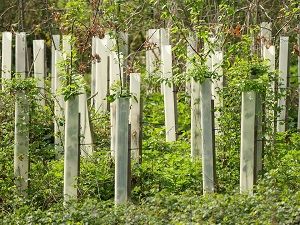

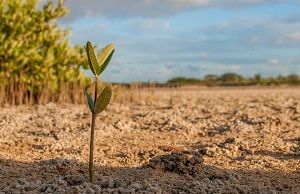
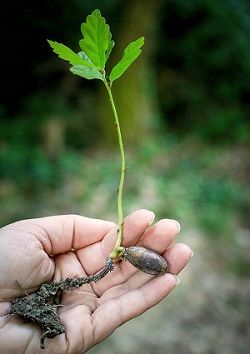
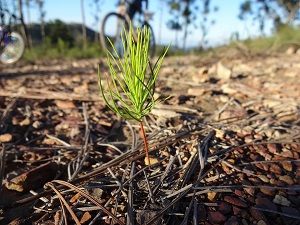
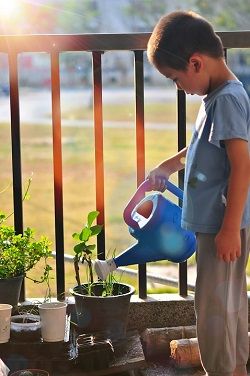

 Plant Nature Study II
Plant Nature Study II
Plant Nature Study II
Plant Nature Study II

